Residents and farms along the Tule River have been hammered by flood waters this year.
And, unfortunately, the best those same folks can hope for as the weather heats up is, well, more flooding.
“I think the best case scenario is a prolonged period of minor to moderate flooding sort of what we’re already seeing, maybe a little bit worse, but not dramatically worse for like two straight months,” said Daniel Swain, climate scientist at UCLA’s Institute of Environment and Sustainability.
“And even that case could result in bigger problems simply because you have high, not extremely high, but high flows against the levees for weeks or even months on end.”
That’s not good news for towns like Porterville and Corcoran, which has already begun to bulk up that town’s levee. The Tule River runs through Porterville and just south of Corcoran on its way into the old Tulare Lake bed.
If the snowpack, sitting at more than 200% of average, comes down as predicted, runoff will peak at 90,000 acre feet through May. That’s actually lower than runoff in March, which totaled 206,000 acre feet, according to the Department of Water Resources.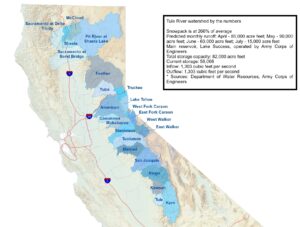
But no one knows what the weather has in store and even DWR climatologist Michael Anderson said this is a “tricky” time of year with sometimes 10-degree temperature swings day to day.
The Tule River watershed sits at a lower elevation than other watersheds feeding valley rivers, making it even more unpredictable.
And if a warm storm blows through, all bets could be off.
Though the Tule cuts through several populated areas, information on the river’s status and flood control operations is scattered and difficult for the public to access.
County emergency personnel say the state is in charge of identifying the most flood prone areas. But the state said in a media briefing on April 11 that it likely wouldn’t likely be able to produce detailed inundation maps.
Compounding the confusion, different agencies have different authorities and responsibilities on the river, which sometimes gets in the way of cohesive planning.
But agencies are preparing for the coming snowmelt.
In the Lower Tule River Irrigation District, which covers the largest section of the river from west of Porterville to east of Corcoran, General Manager Eric Limas said the district is repairing damage from the Tule’s last flood to get ready for the possibility of another.
“We’re feverishly trying to repair those banks and all of the breaches along our distribution system as well,” said Limas.
In March, as soon as the Tule hit 3,000 cubic feet per second, Limas had crews pull the district’s diversion structures out of the river to keep them from getting tangled and smashed by the heavy flows.
After a March 10 storm drenched the area, the Tule came pouring over the Lake Success spillway swelling the river to more than 10,000 cfs.
The river broke out of its banks in more than 50 places, flooded homes, closed roads and washed over thousands of acres of farmland.
Rural residents were hit the hardest. Some people’s homes took six feet of water and many residents are without flood insurance and have no idea how they’re going to pay for the fixes which can cost hundreds of thousands of dollars.
The Lower Tule Irrigation District is only responsible for its own infrastructure but district staff have been helping fix major breaches to protect others from flooding, said Limas.
“We can make sure that water stays in the channel when it comes again,” said Limas.
Repair costs are piling up and will likely come out somewhere between $1 million and $2 million, said Limas.
“It’s going to be very expensive, but we can’t afford not to do it,” said Limas. “We know the snow melt’s coming, so that water’s got to be moved and distributed around.”
Historic snowpack in the Sierra Nevada mountains threatens the valley with more potential flooding depending on how fast it melts. The Tule River watershed’s snowpack is at 266% of average.
A worst-case situation would be if a warm storm hits California, said UCLA’s Swain. Humid air causes rapid snow melting. The same can be said for a prolonged heat wave. That would result in sudden inundation in the valley.
The flood years of 1969 and 1983 saw similar levels of water in the valley. But conditions have changed. Overpumping of groundwater has caused significant subsidence since then. And there is more snowpack overall than those years.
So, the previous flood years should be seen, at the least, as a floor for what the valley should expect when the snow melts, said Swain. Any sudden melts would result in worse flooding.
Another problem could be a second wet year. Flood water, especially in the Tulare basin area, will probably remain well into next year.
“We don’t really have recent experience with having a flood of this magnitude and then following it immediately with another big year thereafter,” said Swain.
Even under the pressing circumstances, information about the Tule watershed isn’t easily accessible.
David De Groot, the Tule River Watermaster, did not respond to repeated requests for information on Tule River conditions for this story.
“Sometimes no answer is the answer,” wrote Matt Razor, civil engineer at 4Creeks, De Groot’s consulting firm, in an email.
Share this:
- Click to share on Facebook (Opens in new window)
- Click to share on Twitter (Opens in new window)
- Click to share on LinkedIn (Opens in new window)
- Click to share on Reddit (Opens in new window)
- Click to share on Tumblr (Opens in new window)
- Click to share on Pinterest (Opens in new window)
- Click to share on Pocket (Opens in new window)
- Click to share on Telegram (Opens in new window)
- Click to share on WhatsApp (Opens in new window)
- Click to print (Opens in new window)

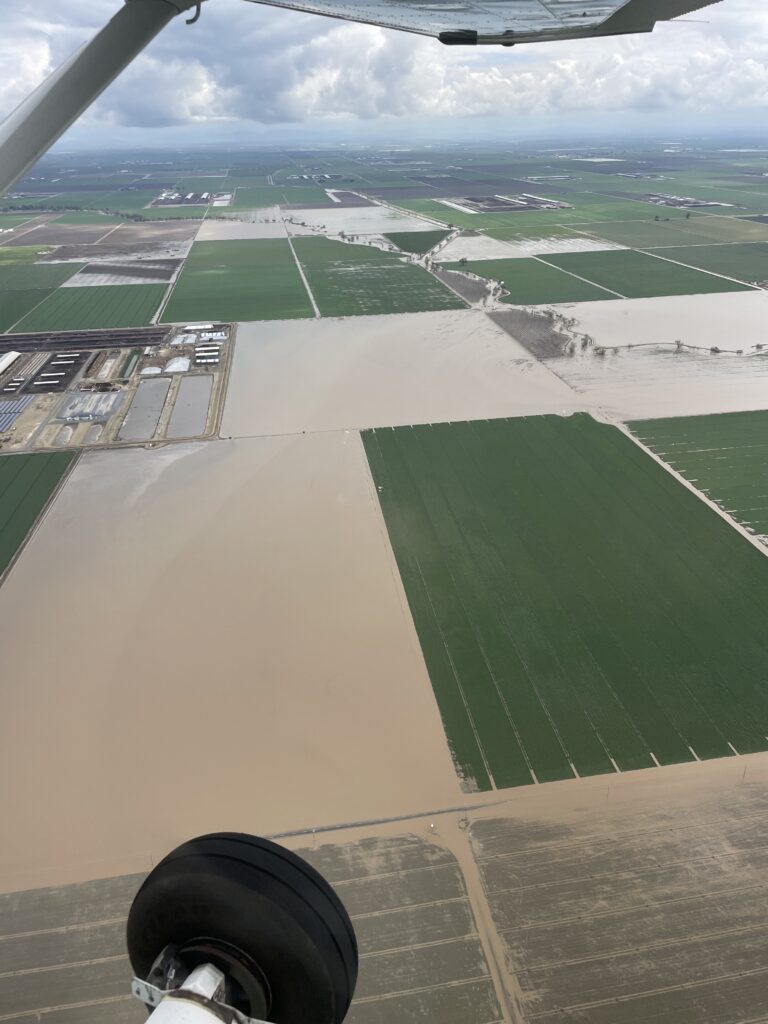




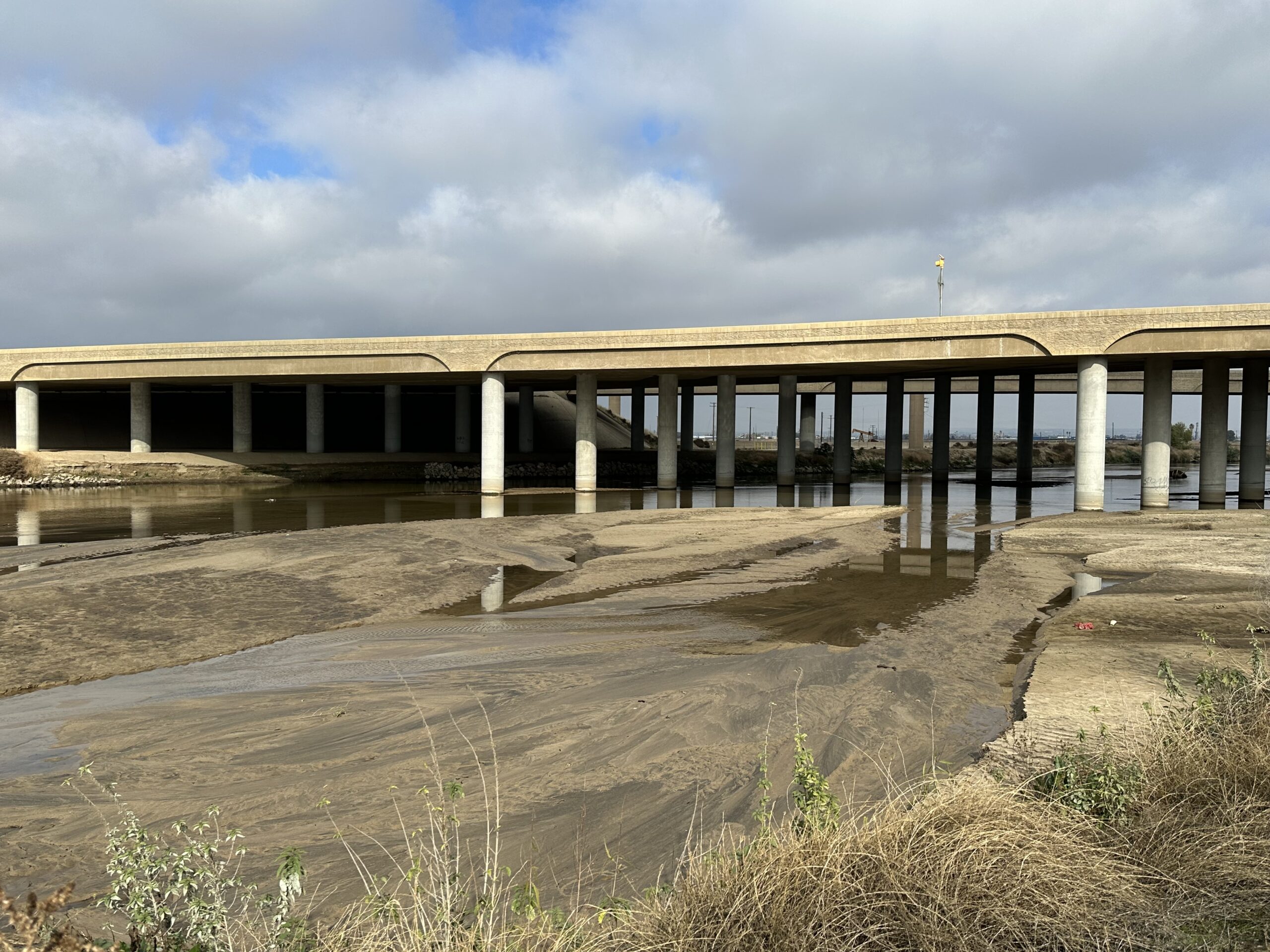
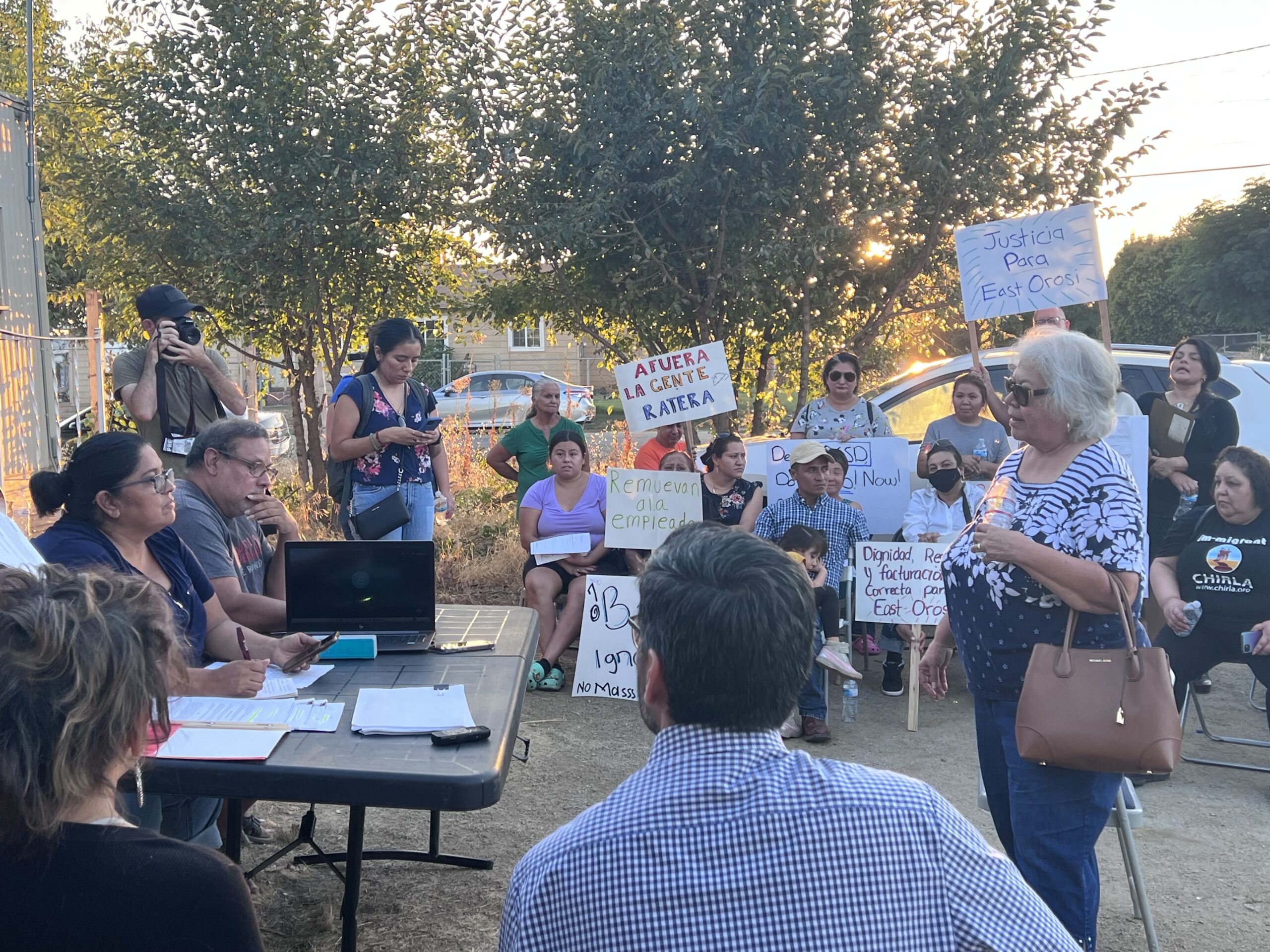
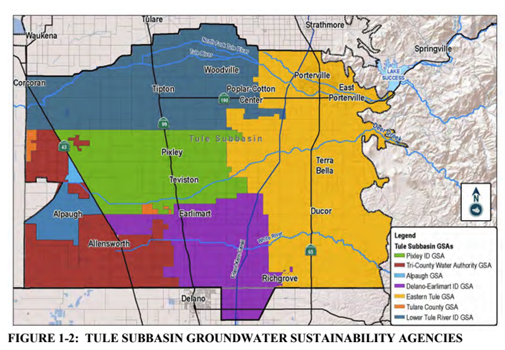
You must be logged in to post a comment.